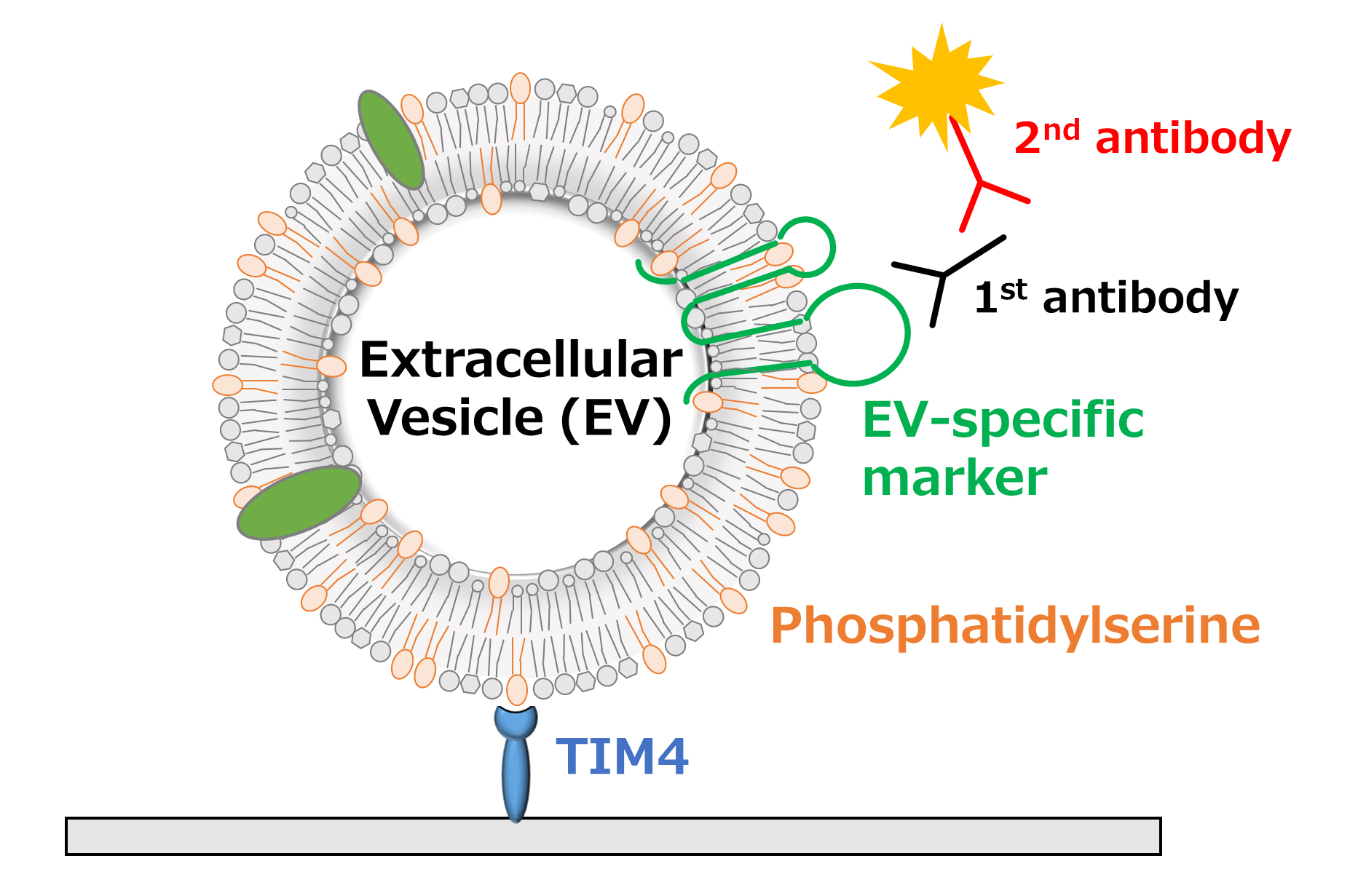Abstract: Researchers at Kanazawa University describe in Scientific Reports the identification of small compounds that can regulate the cellular production of extracellular vesicles — nanocontainers transporting biomolecules between cells. Such compounds hold promise for use in therapies for various diseases.
Biological vesicles are nano-sized containers that transport proteins and other substances within or between cells. Most cells release so-called extracellular vesicles (EVs), which play important roles in cell-to-cell communication. EVs also are involved in diseases, however — the spreading of a tumor, for example, is sometimes stimulated by particular EVs. For the development of therapies, regulators that can inhibit the secretion of specific EVs, without severe side effects, are therefore needed. On the other hand, EVs can also be employed as therapeutic agents. For example, EVs derived from certain stem cells are known to have a therapeutic effect on damaged tissues. Therefore, regulators that activate EV secretion are also in demand. By screening a large set of biomolecular compounds, Rikinari Hanayama from Kanazawa University and colleagues have now identified 4 potential regulators (1 inhibitor and 3 activators) for EV secretion for a variety of cells.
Central to the scientists’ EV regulator identification strategy is a protein called TIM4, which is known to easily bind to a molecule called phosphatidylserine. The latter is present in EVs generated by various cells, and so TIM4 acts as a receptor for the uptake of EVs. Based on this notion, the researchers developed a screening procedure in which more than 1500 candidate EV secretion regulators (inhibitors or activators) were tested.
After the first run of screening, 60 compounds remained as possible regulators. (Potential activators and inhibitors were defined as increasing the secretion of EVs by more than 50% or decreasing it by more than 33%, respectively.) In a second run of screening, the candidate compounds’ toxicity to cells was tested, leaving only 24 compounds. In the third, final screening run, the scientists measured the concentration of EV particles by nanoparticle tracking analysis (a method for visualizing and analyzing particles in a liquid). As a result, one inhibitor, called AA2, and three activators were identified.
Hanayama and colleagues tested the effect of AA2 on EV secretion from several human and mouse cells in vitro, including tumor and non-tumor cells, and observed regulatory effects on the bioactivity of EVs. They also compared the effect of AA2 with slightly different biomolecules, which enabled them to identify the chemical group responsible for the inhibitory effect on EV secretion. This is important for the future development of AA2 derivatives that inhibit EV secretion without simultaneously affecting apoptosis (cell death).
The scientists acknowledge that “… there are still several issues to be clarified before [EV regulators] are used for the treatment of EV-related diseases, including the delivery system of EV regulators to target cells, effects on EV secretion from normal cells, and side effects.” Nevertheless, the work of Hanayama and colleagues is an important step towards the controlled regulation of the bioactivity of EVs, as it demonstrates the feasibility of “a high-throughput method to detect EVs with high sensitivity and versatility”.

Figure
Schematic of an extracellular vesicle (EV) and the screening procedure. An EV is ‘captured’ by a TIM4 molecule. Then, the captured EV is detected with a primary antibody against an EV-specific marker, and then with a secondary antibody.
[Background]
Extracellular vesicles
Extracellular vesicles (EVs) are biological particles enclosed by a lipid bilayer (as are cells). EVs are secreted by almost all types of cells. The size of their diameter can range from 20 nanometer to 10 micrometer — but most EVs have a diameter below 200 nanometer. Their purpose is to carry biomolecules, such as proteins, lipids and nucleic acids. The latter has important medical implications, as nucleic acids can be easily amplified as markers of a disease, and therefore be related to their cell of origin, for example a tumor cell. Apart from EVs being biomarkers, they also have potential as therapeutic agents delivering nucleic acids or other substances to diseased tissue.
Rikinari Hanayama from Kanazawa University and colleagues have now screened more than 1500 biochemical compounds for their use as regulators of EV secretion — either inhibiting or activating the process. The researchers identified one inhibitor and three activators.
[Article]
Title: Identification of small compounds regulating the secretion of extracellular vesicles via a TIM4‑affinity ELISA
Journal: Scientific Reports
Authors: Yunfei Ma, Takeshi Yoshida, Kazutaka Matoba, Katsuhiko Kida, Rito Shintani, Yingshi Piao, Jingchun Jin, Taito Nishino, and Rikinari Hanayama



 PAGE TOP
PAGE TOP